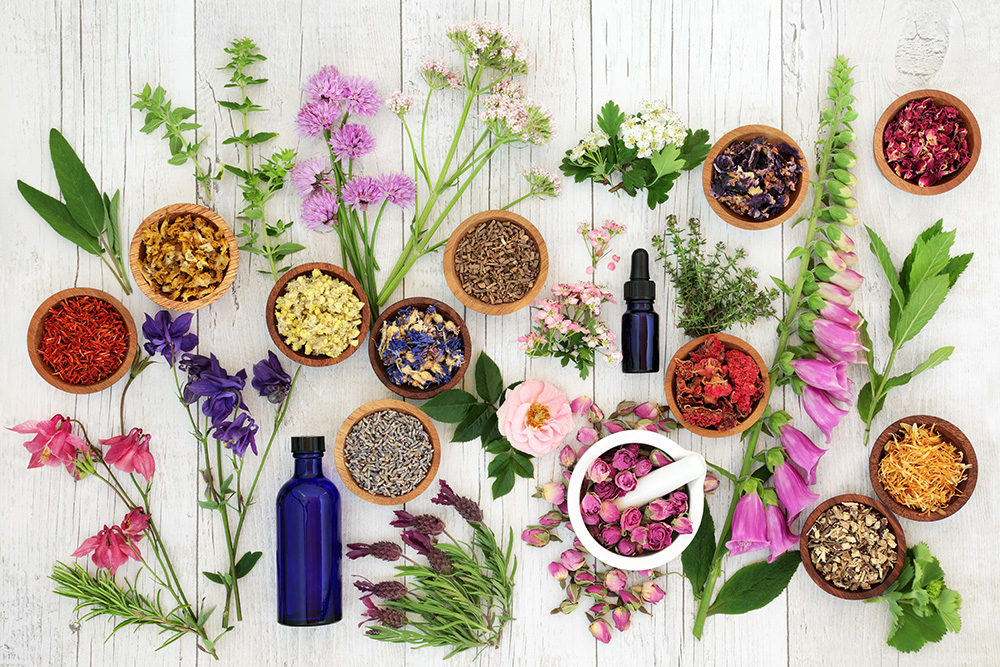
If you're like most people, you probably don't think about smell all that often. But did you know that specific scents correspond to different olfactory families? In this blog post, we'll teach you about olfactory families and help you to identify the smells around you.
Perfumes are classified into olfactory families and subfamilies. This is due to the predominance of specific notes in the product's composition, which gives it its personality.
Do you know the difference between a floral and woodsy smell? Do you know what an earthy smell is? These are all examples of olfactive families. An olfactory family is a group of smells that have a similar scent. For example, some typical olfactive families are floral, woodsy, citrus, and earthy.
Discover the prominent olfactory families here:
• WOODY – as the name implies, they are composed of a mixture of woods that results in drier and less sweet aromas. They have hints of cinnamon, earth and/or tobacco. And they usually have spicier natural notes. Jasmine, Sandalwood, and noble woods. They are almost unanimously present in men's perfumes. They are generally used as a base in sophisticated and elegant fragrances. And they are great allies of floral scents. Amber | Coffee | Patchouli | Vetiver | Ylang Ylang | Cedar | Palo Santo.
• AROMATIC OR HERBAL - result from a cocktail of herbal ingredients. These fragrances excel by mixing citrus aromas, lavender, and often oriental spices. They are fresh and light, with a citrus touch. Eucalyptus | Rosemary | Aloe Vera | Bamboo | Cidreira Grass | Lemon Grass | Green Tea | Fennel | verbena | Mint | Chlorophyll
• CITRIC – are those lighter, fresher, and more striking fragrances, perfect for everyday use. Citruses are present with notes of lemon, orange, mandarin, and some wood notes. Ideal scents for warmer climate regions/seasons. They are the ones that give that invigorating feeling. However, they need to be reapplied more often because they are more volatile grades. Lemon | Bergamot | Orange.
• FLORAL – certainly the most popular and richest olfactory family and usually a favorite among women! It is the result of mixing jasmine branches, roses, gardenias, and other flowers. They can be presented in their pure forms, with oriental touches, or even with spices. They are elegant and have a lot of personality, offering delicacy and/or sensuality. Lavender | Cherry Blossom | Chamomile | Gardenia | Jasmine | Roses | Violets.
• FRESH - clean and very refreshing, it presents itself as a fresh perfume that mixes citrus notes with natural notes like grass and green leaves. They combine softness and freshness and usually have marine notes. Baby | Bamboo | Breeze | Lemon Grass | White Tea | Acqua
• THE ORIENTALS – the most sophisticated, fancy, and elegant scents. They stand out for the exuberance of hot and spicy notes such as vanilla, cinnamon, and orchids. It combines several notes of involving and sensual characteristics, such as balsamic, resins, and spices. Vanilla | Cinnamon | Tonka Bean | Orchid
• FRUIT - very versatile. You can explore their personality differently according to each fruit note used. It usually promotes a vibrant and youthful feeling. It can be citrusy or sweet. Pineapple | Pitanga | Tangerine | Plum | Pear | Papaya | Passion Fruit | Apple | Red Fruits | Strawberry.
• SPICES: seasonings offer a strong personality in perfumery. They can be hot, like cinnamon and cloves, which give it a more rustic and enveloping character. At the same time, they can also have a calmer personality, with ginger and cardamom having more vibrant and effervescent characteristics. Anise | Cinnamon | Ginger | Carnation | Basil | Pepper.
Now we want to know, what is your favorite olfactory family?

